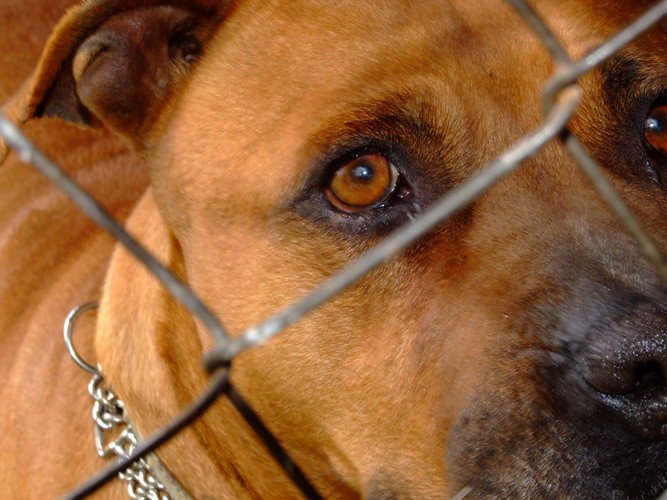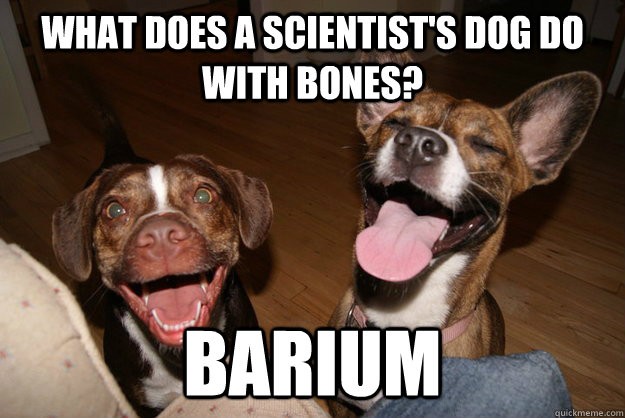
If recent genetic studies are to be believed, domestic dogs evolved from wolves around 11,000 years ago when our ancestors stole wolf cubs, domesticated them and trained them to help hunt for food.
However, other than their shared genealogy, both animals are very different nowadays – particularly when it comes to temperament. The wolf is in every sense a “wild” animal, while the dog is obviously far more suited for the domesticated life of chasing sticks and tummy rubs.
Despite this, media reports of dog attacks, combined with the trend among certain elements of society to own vicious “status dogs”, have led to a situation where many Brits are afraid of strange dogs and people are becoming increasingly wary of our canine companions in general.
A poll of more than 1,000 adults (commissioned by behaviour product supplier The Company of Animals) found that 71% of people are nervous around dogs they don’t know, while more than half (54%) are worried by particular breeds.
Around 20% also admitted to having become more afraid of dogs over the past decade.
This news comes as a shock, and it would be a huge shame if man’s best friend was to slowly find himself usurped by the cat, spelling an end to walkies as we know it and guaranteeing you’ll only ever get your stick back if you retrieve it yourself.
Mind you, we can but wonder what a “status llama” might look like.







